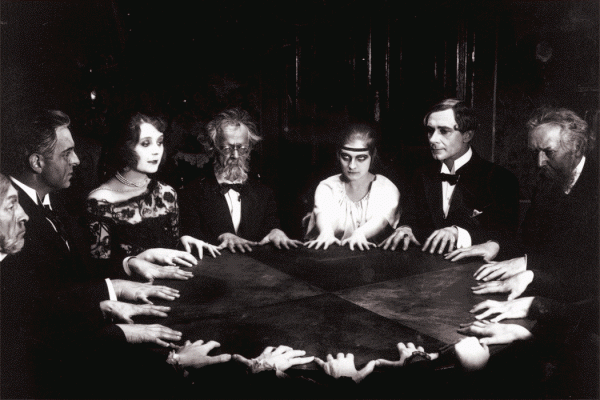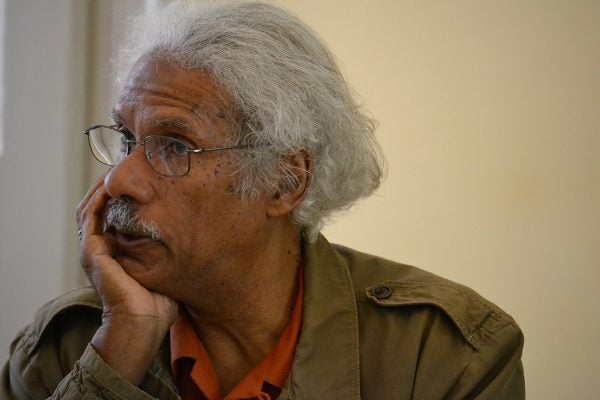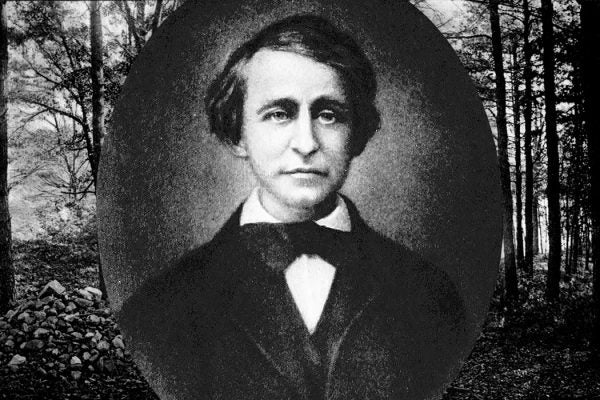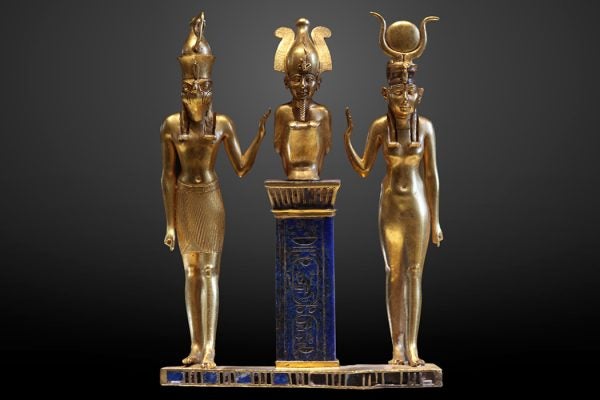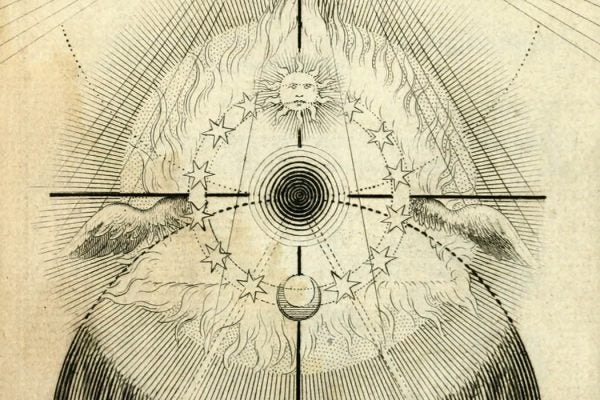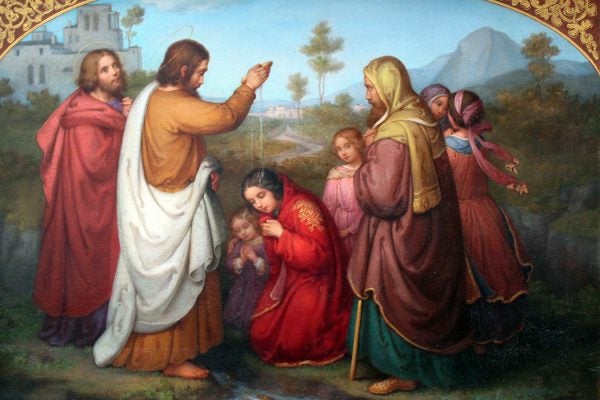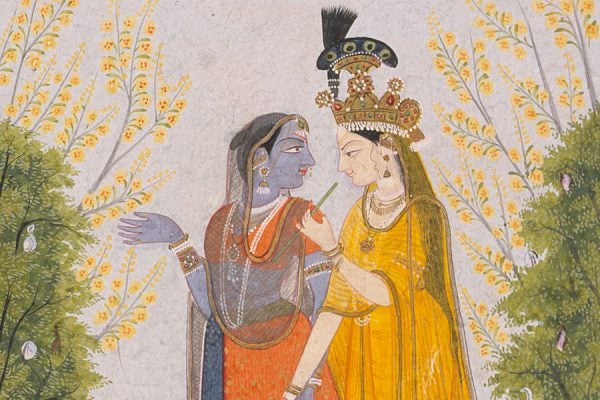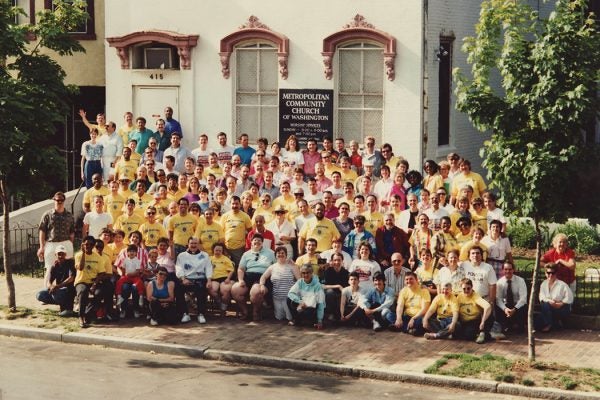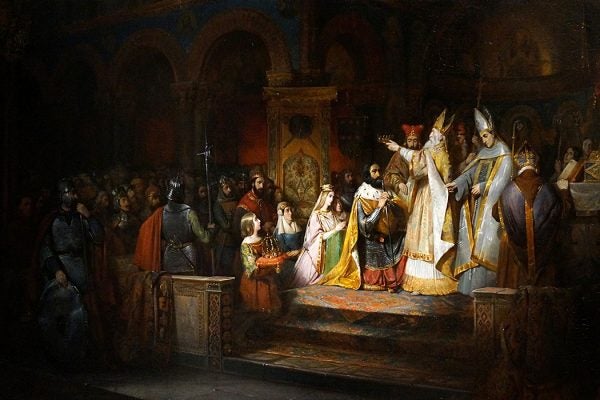How to Summon Spirits
The Spiritualist, a newspaper published from 1869-1882, is filled with tales of supernatural phenomena and tips for communicating with the dead.
Albert Raboteau on Re-Enchanting the World
The late religion scholar suggested that to regain a sense of wonder, we should look to education.
A Holy Trinity in Ancient Egypt
The ancient Mediterranean was full of religious expression, and Kemetic culture's concept of a divine family influenced early Christians.
The Changing Meaning of “Mysticism”
People who don't follow organized religion sometimes describe themselves as spiritual. But this idea isn't a recent invention.
Women’s Search for Women Leaders in the Early Church
Some nineteenth-century women writers argued that the first Christians included women who were close to Paul—and maybe apostles themselves.
The Bengali Religious Traditions That Transcend Gender
The Baul and Fakir lineages understand the cosmos through pairs of opposite essences, including male and female.
The Origins of LGBTQ-Affirming Churches
As far back as the 1940s, religious LGBTQ people organized groups and congregations that welcomed them.
Making Sense of the Divine Right of Kings
The United States threw off the yoke of a king more than two centuries ago. Funny how we can't get enough of our erstwhile sovereigns today.
